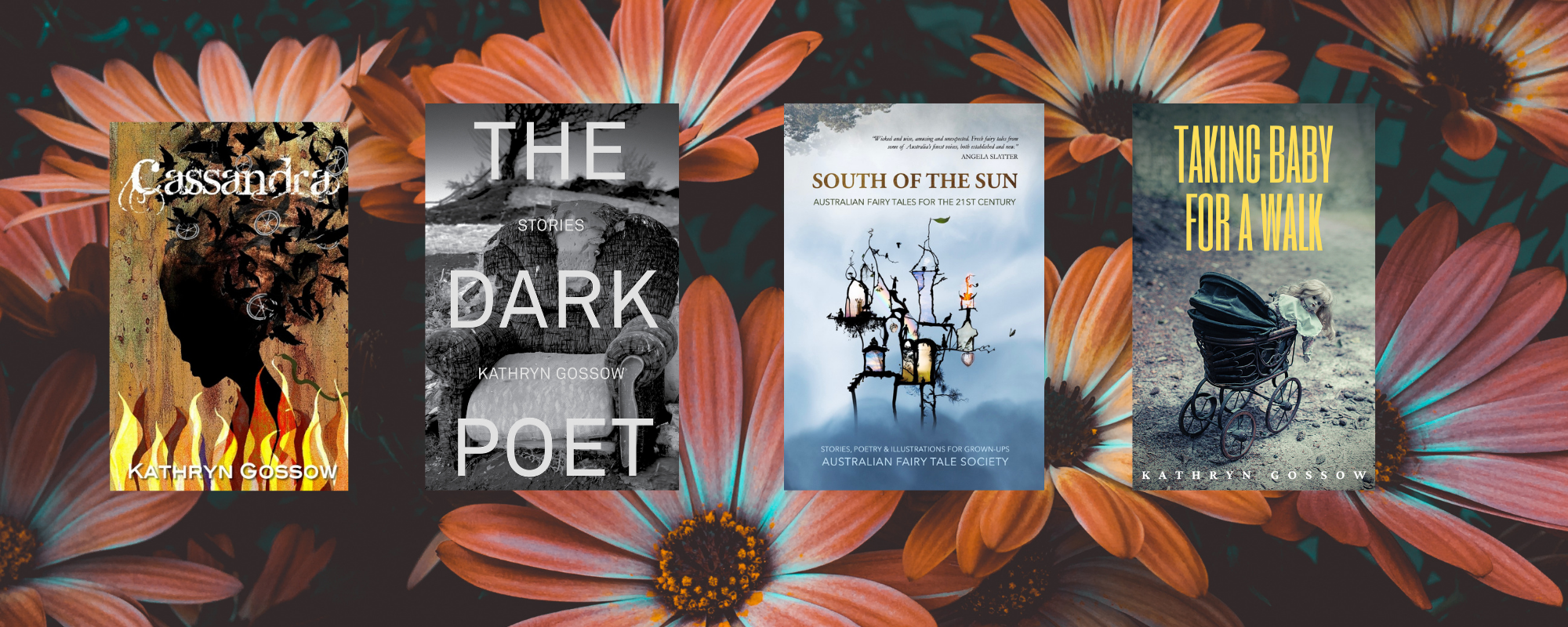 This month the Pocket Bookclub read Dark Emu Black Seeds: agriculture or accident by Bruce Pascoe.
This month the Pocket Bookclub read Dark Emu Black Seeds: agriculture or accident by Bruce Pascoe.
Bruce Pascoe was at the Byron Writers Festival and I heard him speak about his sense of obligation to write this book about Aboriginal agriculture because even did not initially believe the stories people told him. It seems we Australians have been taught an untruth – perhaps even a deliberate lie born from a desire to justify the violent colonisation of Australia.
Arguing over whether the Aboriginal economy was a hunter-gatherer system of one of burgeioning agriculture is not the central issue. The crucial point is that we have never discussed it as a nation. The belief that Aboriginal people were ‘mere’ hunter-gatherers has been used as a political tool to justify dispossession.
Bruce Pascoe said at Byron that he knew people would not believe him unless he went back to the source and used records produced by white men (and some women). He read the original documents written by explorers and colonists and presents evidence from these texts to argue the Australia’s First People people were farming the land. The evidence is compelling – dam and well building, irrigation, harvesting seeds, storing surplus, baking bread, and permanent dwellings in small villages – all making for a complicated economy and society.
The book has made me rethink a few things from my life. A farmer once told me that before they built Wivenhoe Dam the Brisbane River used to stop flowing. The farmer said there were deep parts of the river that did not dry up and these deep pools were used for irrigation even when the river didn’t flow. I assumed this was a natural occurrence. Maybe, and I have no proof of this, it is total wild conjecture, but maybe the deep pools were made by people. Maybe they weren’t. The point is my assumptions have been challenged.
The Bunya Mountains, home of the bunya pine and nut was an important meeting place for Aboriginal people with groups of people travelling from all over South East Queensland. I assumed the bunya trees just grew there, naturally prolific. Perhaps they were planted, cared for and nurtured in a bonyi (bunya) plantation? I don’t know. I just know that I have to question what I thought I knew.
Bruce Pascoe’s wrote his book with the intention of being persuasive. This is perhaps the one concern some book club members had. They are eager for more science and archaeology.
Karen chose this book after hearing Bruce Pascoe interviewed by Richard Fidler on the Conversation Hour. It is worth a listen.
We ate and loved the native olives and Kathleen’s burple (macadamia) bush honey biscuits. I need to remember to take a picture of the food before we eat it.

I left a comment over on facebook recommended “Treading Lightly” by Kart whatsisface and Ted Skulthorpe, as well as “The Whisper in our Hearts” by Henry Reynolds. The first is deliberately non-scientific in places, so for this audience I’d recommend the second. Huge amounts of primary sources.
Thanks so much – I will pass that onto the book club. Some of them really wanted more to dig deeper.